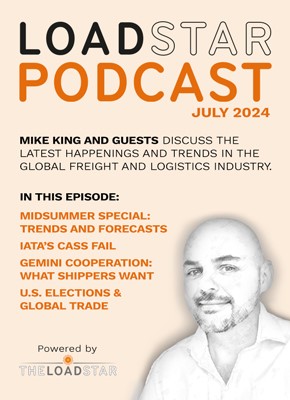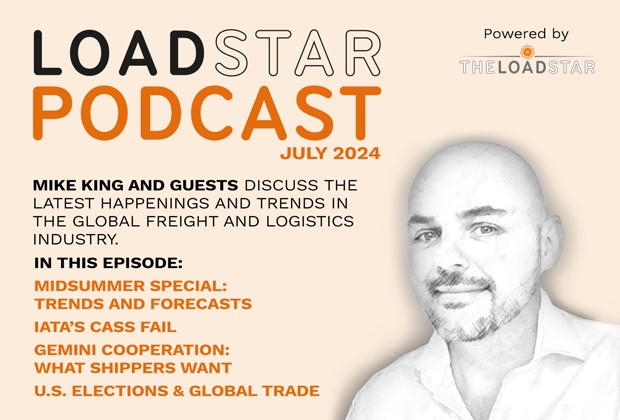
Following Maersk’s Group’s recent annual report which revealed that its container shipping division had returned a full-year profit of $461m, leading banking analysts have predicted that this year will see it more than double its profitability.
Credit Suisse has released a research note in which it forecast that Maersk Line would make a $1bn profit this year, although it warned that the world’s largest box shipping line still faces “substantial headwinds”.
“We now forecast a Maersk Line net operating profit after tax of $1bn in 2013E, representing the best performance since $2.2bn in 2010. However, we continue to see distinct pricing risk to the second half, given the potential for 17 points of oversupply on the crucial Asia-Europe trade lane, and forecast second half 2013 net operating profit after tax down 36% year-on-year,” it said.
Maersk Group chief executive Nils Smedegaard Andersen refused to speculate on dry container freight rates on presenting the company’s results, preferring to focus on continued operating cost reductions and ambitions to raise reefer rates by $1,500 per container as the principal means by which the company will increase profitability this year.
However, in its keynote speech at the annual Trans-Pacific Maritime conference in Long Beach yesterday, Maersk Line chief executive Soren Skou predicted that rates on the transpacific eastbound trade lane between Asia and North America would increase by 10% this year.
Currently, spot rates on the trade, which is typically dominated by annual contract rates between carriers and shippers, stand at $2,364 per feu, according to the Shanghai Containerised Freight Index’s latest figures, released at the end of last week, down 3.2% on the week before. However, the Transpacific Stabilization Agreement, the conference system covering the transpacific trade, has recommended carriers hike rates by $400 per feu when the new contracts come into effect in May – which would represent a 17% increase on the current rate.
Maersk Line has calculated that a $100 per feu swing in freight rates has a $900m impact on its bottom line. While it has a relatively modest 10% market share on the transpacific, it remains far more vulnerable to the increasingly sclerotic Asia-Europe trade, where it has a 20% market share. The SCFI rate at the end of last week stood at $1,199 per teu, down 7.9% from the week before, having been on the slide since Chinese New Year began. For carriers’ profit levels – or lack thereof – much will depend on the planned general rate increase due to come into effect on 15 March.
Maersk has announced it intends to raise freight rates on the route by $600, a 50% increase on the current level. Given the way large Asia-Europe GRIs were regularly introduced last year, only to then tumble in ensuing weeks, a similar pattern could well take place his year.
“Our central Maersk Line concerns for 2013 remain the volume of tonnage due to be delivered from the second quarter through to the fourth quarter, in particular. We have been reassured somewhat over recent quarters by management’s ability to raise pricing – Maersk Line’s capacity management has been market leading – and reduce unit costs, driving our estimates higher on reduced unit costs: we forecast rates down 1% for 2013 with a 4% decline in the second half,” Credit Suisse said.
Partly, Mr Skou may have addressed the capacity conundrum in yesterday’s speech when he confirmed the company’s plans to operate more of its Asia-US east coast strings via the Suez rather than Panama canal, which would soak up more of the vessel capacity due to be deployed this year.




